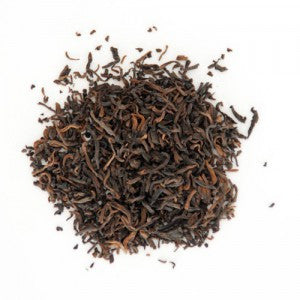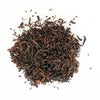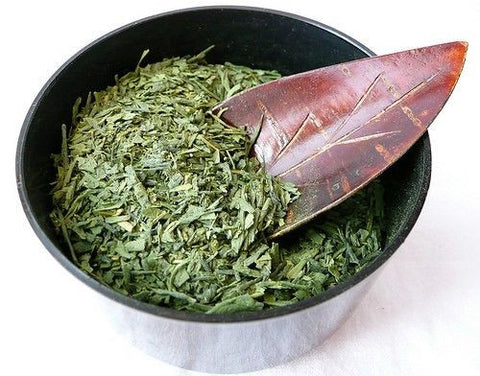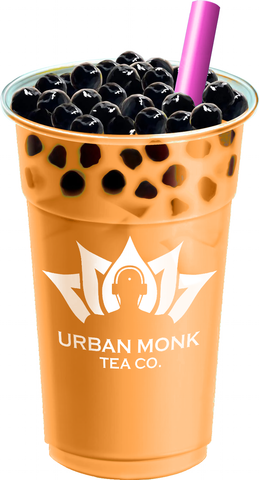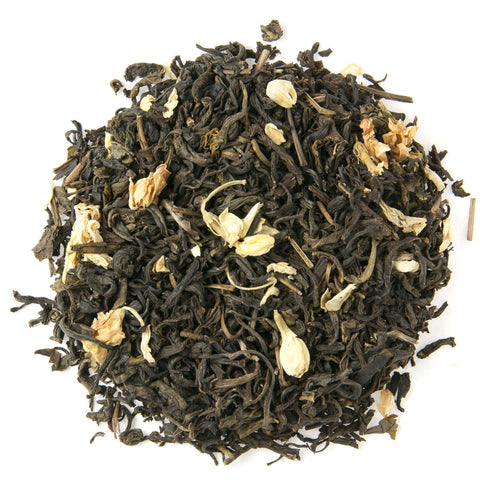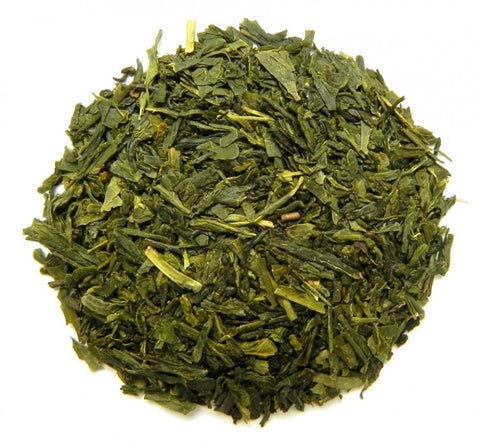1 Pound Puerh Pu'er Loose Leaf Premium Aged Tea 200+ Cups by URBAN MONK TEA
$16.99
Description
- Makes 200+ Cups of Tea
- 1 Lb (16oz / 480g)
- Package: Re-sealable foiled zip top bag.
Puerh, Pu-erh or Pu'er tea (pǔ'ěr chá)is a variety of fermented dark tea produced in Yunnan province, China. Fermentation is a tea production style in which the tea leaves undergo microbial fermentation and oxidation after they are dried and rolled. This process is a Chinese specialty and produces tea known as Hei Cha (黑茶), commonly translated as dark, or black tea (this type of tea is completely different from what in West is known as "black tea", which in China is called "red tea" 红茶). The most famous variety of this category of tea is Pu-erh from Yunnan Province, named after the trading post for dark tea during imperial China.
Pu'er traditionally begins as a raw product known as "rough" Mao Cha (毛茶) and can be sold in this form or pressed into a number of shapes and sold as "raw" Sheng Cha (生茶). Both of these forms then undergo the complex process of gradual fermentation and maturation with time. The Wo Dui process (渥堆) developed in the mid-1970s by the Menghai and Kunming Tea Factories created a new type of pu-erh tea, whose legitimacy is disputed by some traditionalists. This process involves an accelerated fermentation into "ripe" Shou Cha (熟茶) which is then stored loose or pressed into various shapes. All types of pu-erh can be stored to mature before consumption, which is why it is commonly labelled with year and region of production.
Loose Pu-erh teas are known to have weight loss properties and can be used in diet and weight management. These select leaves are handpicked, dried, and rolled tightly and neatly into strips. Subsequently, the leaves undergo a microbial fermentation process which makes this a unique, dark tea. The Loose Pu-erh tea has a strong earthy aroma. When infused, the tea leaves are red-brown and the liquid is auburn, with a rich aroma and a refreshingly bold flavor to stimulate movement and circulation.
